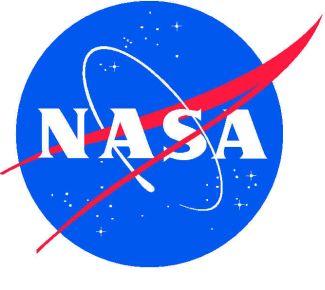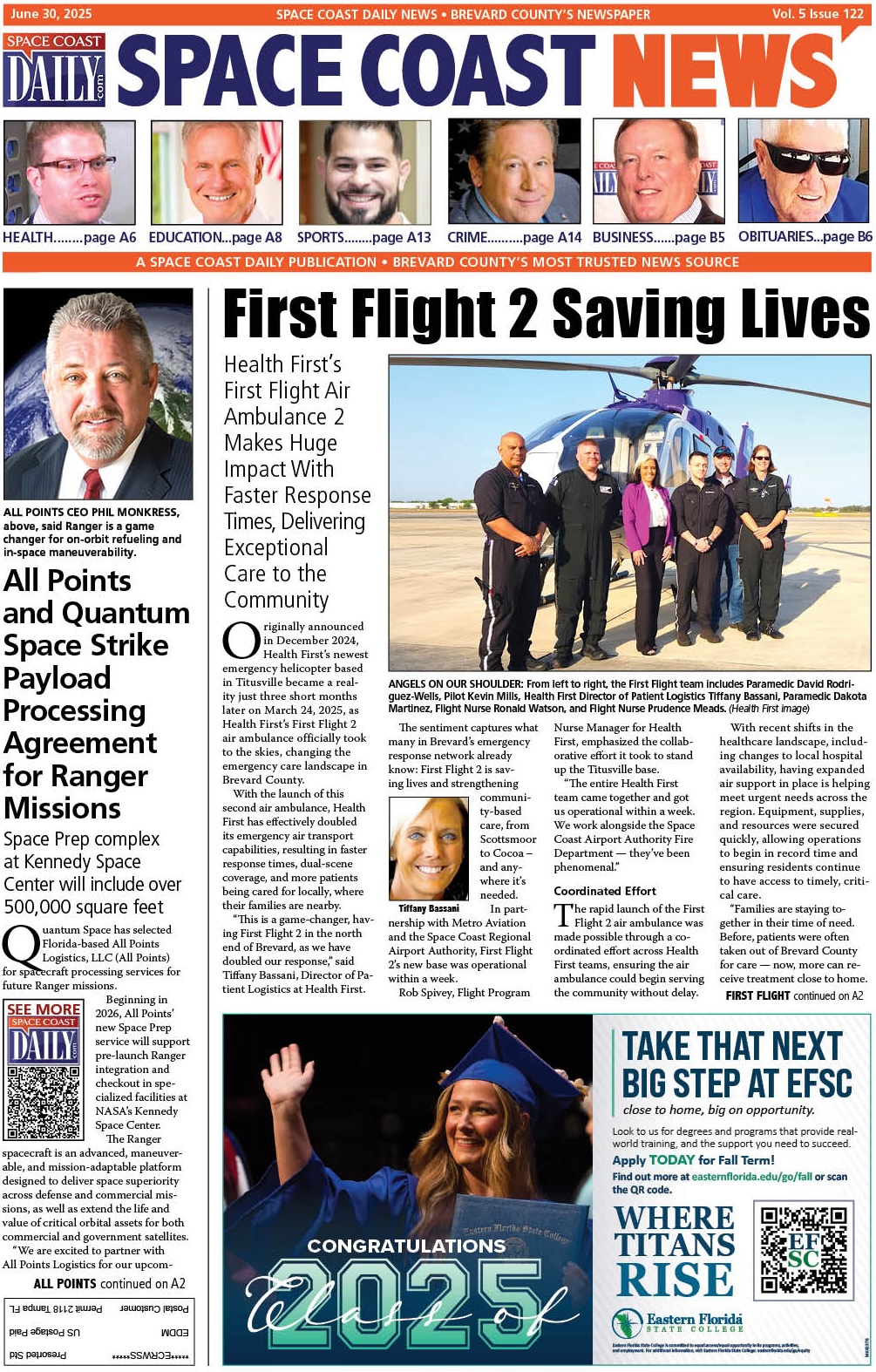NASA’S Space Launch System Core Stage Passes Test
By Space Coast Daily // March 22, 2013
Construction Of New Rocket Ready To Start
BREVARD COUNTY • KENNEDY SPACE CENTER, FLORIDA – The team designing America’s new flagship Space Launch System rocket has successfully completed a major technical review of the vehicle’s core stage.

NASA’s Space Launch System (SLS) will take the agency’s Orion spacecraft and other payloads beyond low-Earth orbit, providing a new capability for human exploration.
The core stage preliminary design review (PDR) was held last month at NASA’s Marshall Space Flight Center in Huntsville, Ala., and included representatives from the agency and The Boeing Company.
Boeing’s Exploration Launch Systems in Huntsville is the prime contractor for the core stage and its avionics. Marshall manages the SLS Program.
“Passing a preliminary design review within 12 months of bringing Boeing on contract shows we are on track toward meeting a 2017 launch date,” said Tony Lavoie, manager of the SLS Stages Element at Marshall. “We can now allow those time-critical areas of design to move forward with initial fabrication and proceed toward the final design phase — culminating in a critical design review in 2014 — with confidence.”
The first flight test of the SLS, which will feature a configuration for a 70-metric ton lift capacity and carry an uncrewed Orion spacecraft beyond the moon, is scheduled for 2017.
Core stage
As the SLS evolves, a two-stage launch vehicle using the core stage will provide a lift capability of 130-metric tons to enable missions beyond low-Earth orbit and to support deep space exploration.
The purpose of the PDR was to ensure the design met system requirements within acceptable risk and fell within schedule and budget constraints. An important part of the PDR was to prove the core stage could integrate safely with other elements of the rocket’s main engines and solid rocket boosters, the crew capsule and the launch facilities at NASA’s Kennedy Space Center.
Assessment
Core stage designers provided an in-depth assessment to a board of engineers comprised of propulsion and design experts from across the agency and the aerospace industry.
“Each individual element of this program has to be at the same level of maturity before we can move the program as a whole to the next step,” SLS Program Manager Todd May said. “The core stage is the rocket’s central propulsion element and will be an optimized blend of new and existing hardware design. We’re building it with longer tanks, longer feed lines and advanced manufacturing processes. We are running ahead of schedule and will leverage that schedule margin to ensure a safe and affordable rocket for our first flight in 2017.”
The core stage will be built at NASA’s Michoud Assembly Facility in New Orleans using state-of-the-art manufacturing equipment. The plant continues modifying its facilities and ordering materials for construction of the rocket.
Michoud has built components for NASA’s spacecraft for decades, most recently, the space shuttle’s external tanks.













